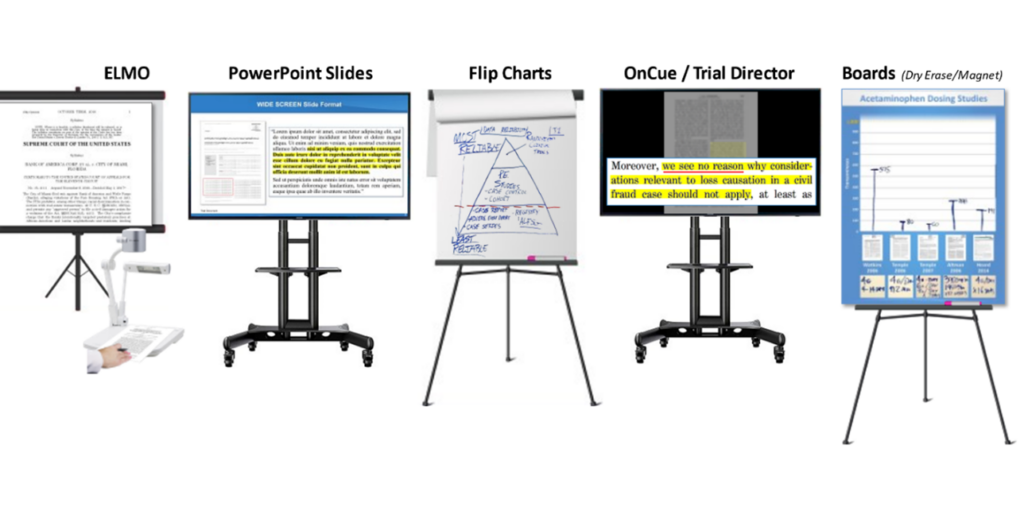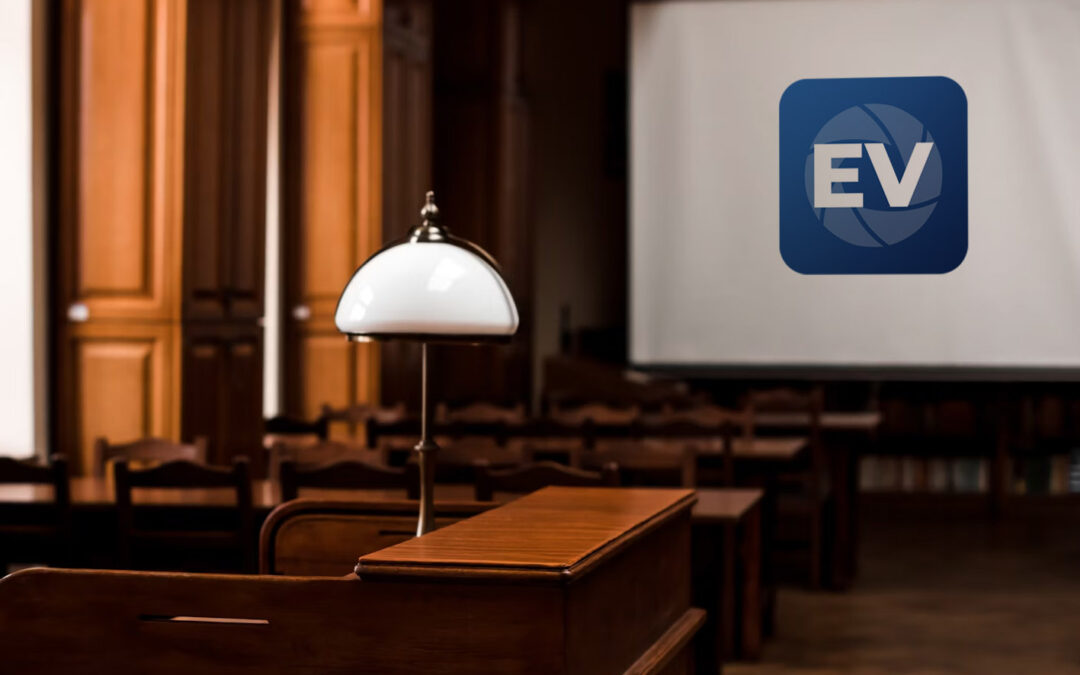Achieve clarity and impact with expertly designed trial presentations for better persuasion.
Achieve clarity and impact with expertly designed trial presentations for better persuasion.
Blog Article
How Test Presentations Enhance Your Argument and Convince Jurors
Test presentations offer as a critical mechanism for enhancing legal disagreements and convincing jurors. The tactical usage of visuals not just clears up intricate info yet additionally records jurors' attention more effectively than words alone.

Value of Aesthetic Aids
Visual help play a critical function in boosting the effectiveness of test presentations, as they can dramatically increase audience involvement and retention of details. In the context of a test, where jurors are tasked with processing complicated info, aesthetic aids serve to streamline and clarify vital factors. Charts, charts, and photos can share information and concepts that might or else bewilder or perplex jurors, enabling an extra simple understanding of the proof presented.
Additionally, aesthetic aids assist in maintaining juror focus throughout the process. By damaging the dullness of spoken testimony, these devices can stress critical debates, making them extra remarkable. Efficient aesthetic help can likewise evoke psychological responses, which can be critical in convincing jurors to line up with the speaker's narrative.

Crafting Compelling Stories
An engaging narrative is vital in test discussions, as it acts as the backbone of reliable persuasion. It enables lawyers to weave with each other realities, proof, and psychological components right into a systematic tale that resonates with jurors. This narrative structure allows jurors to comprehend the complexities of the instance while guiding them through the attorney's disagreement.
To craft an engaging story, attorneys need to concentrate on clearness and coherence. This involves developing a clear protagonist-- frequently the client-- and describing their trip with the events in concern. Offering the realities in a rational series enhances understanding and preserves engagement. Additionally, the use of vibrant descriptions can produce mental pictures that assist jurors visualize the occasions, making the story extra unforgettable.
In addition, integrating crucial themes throughout the discussion reinforces the core message and aids in retention - trial presentations. The story needs to not just convey info however additionally stimulate a sense of justice, highlighting the risks entailed. Inevitably, a well-constructed narrative cultivates a link in between the jurors and the instance, positioning the lawyer's argument as both reputable and compelling, therefore enhancing the possibility of a desirable judgment

Engaging the Jury Mentally
Reliable jury engagement depends upon the attorney's capacity to connect with jurors on an emotional level. This link can dramatically impact jurors' perceptions and their best decision-making. Using sob stories permits attorneys to humanize the case, changing abstract legal concepts into relatable experiences. By providing real-life stories or reviews, attorneys can stimulate compassion and compassion, fostering a much deeper understanding of the problems at risk.
Visual help, such as photos or videos, can additionally boost psychological engagement, offering jurors with dazzling depictions of the case's human elements. Crafting a narrative that highlights the struggles and victories of the people included guarantees that jurors see past the legal disagreements and recognize the human repercussions of their choices.
A lawyer's passionate shipment can visit the site reverberate with jurors, reinforcing their emotional investment in the situation. It's important to view it now stabilize psychological allures with valid evidence, making sure that jurors feel obliged to act while staying based in the reality.
Structuring Your Discussion

The body of the discussion ought to be realistically segmented right into bottom lines, each sustained by compelling evidence. It is useful to use storytelling methods to weave facts right into a narrative that jurors can conveniently comply with. Visual help, such as graphes and videos, can improve comprehension and interaction, aiding to highlight crucial pieces of proof.
Real-World Case Researches
Checking out real-world instance studies gives indispensable understandings right into the art of trial discussions and persuasion. For instance, the landmark situation of "O.J. Simpson v. Individuals of The golden state" highlights exactly how aesthetic help and compelling stories can sway jury assumptions. The protection group successfully utilized a method that integrated high-profile professional statements with multimedia presentations, which mesmerized jurors and inevitably affected their decision.
One more significant instance is the "McDonald's Coffee Case," where the plaintiff's attorneys made use of graphic images of the injuries received by Stella Liebeck. trial presentations. This raw aesthetic proof played a vital role in sharing the severity of her burns, resulting in a look at here now significant court award. Such instances show that impactful trial discussions commonly hinge on the reliable assimilation of visuals and storytelling to stimulate emotional reactions from jurors
In addition, the "Casey Anthony Test" highlighted the importance of narrative coherence and reputation. The prosecution's failing to develop an engaging timeline diminished their convincing power, emphasizing the requirement of a well-structured discussion. Evaluating these situations reveals that successful trial presentations require strategic preparation, psychological involvement, and the ability to resonate with jurors' values and beliefs.
Conclusion
Trial presentations substantially improve arguments and convince jurors through the strategic usage of aesthetic aids, compelling stories, and psychological engagement. A well-structured presentation equilibriums emotional appeals with accurate evidence, inevitably reverberating with jurors' worths.
Report this page